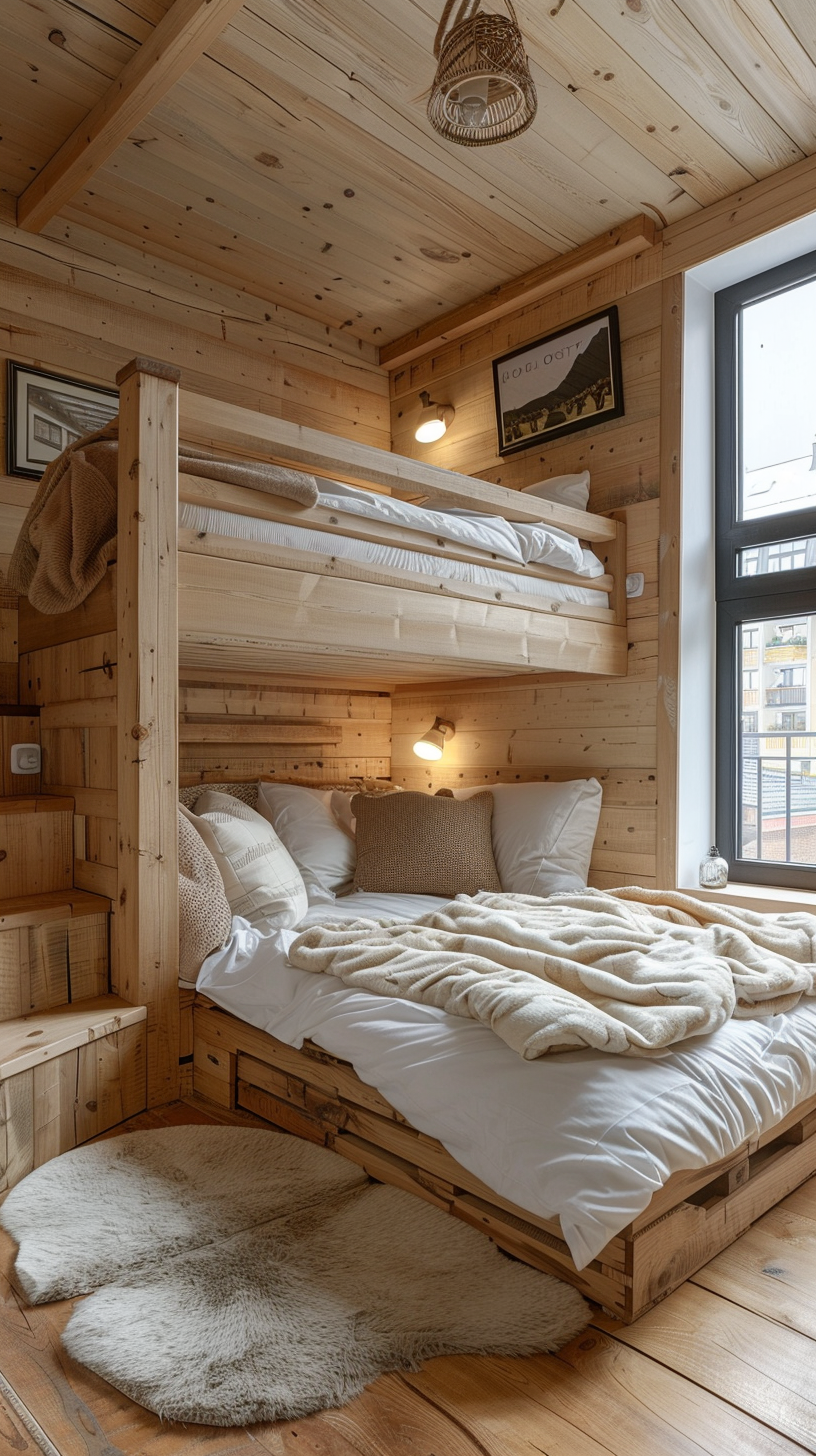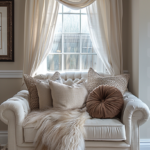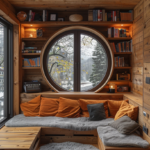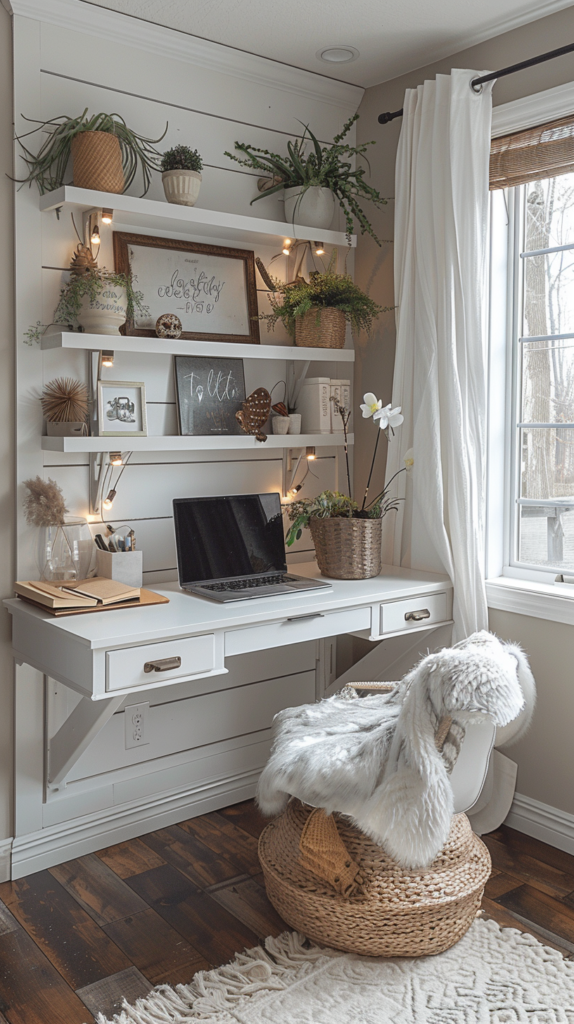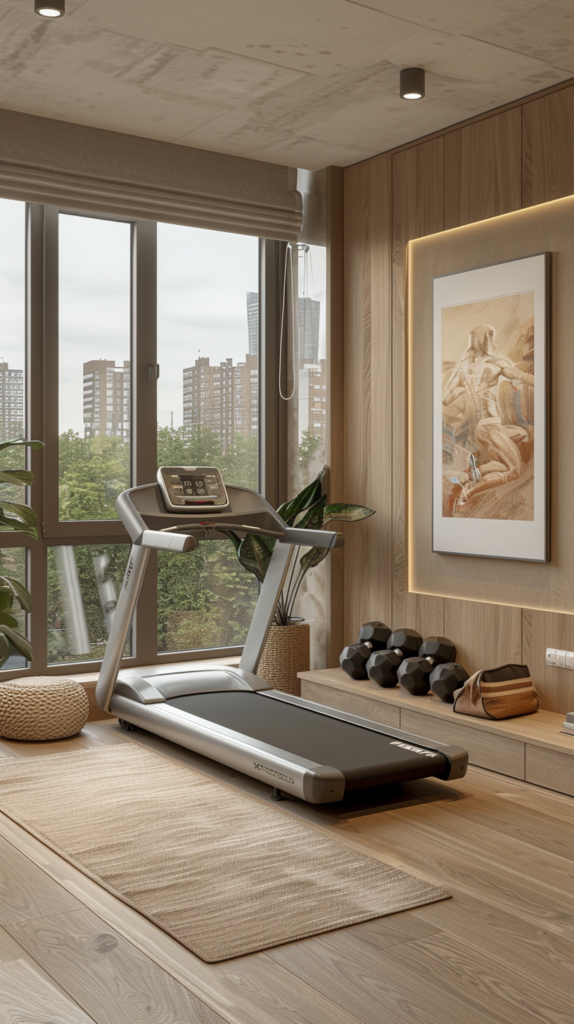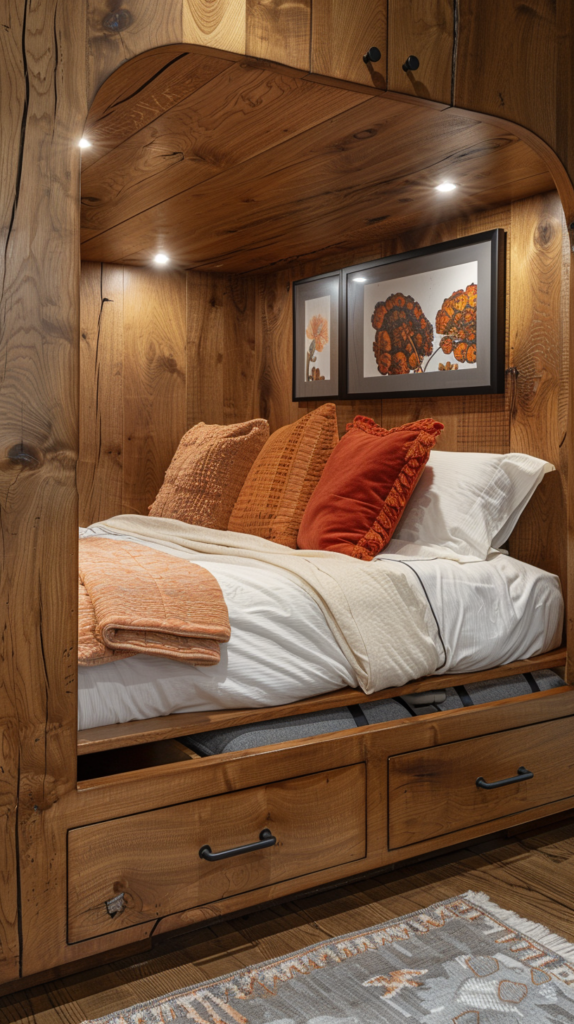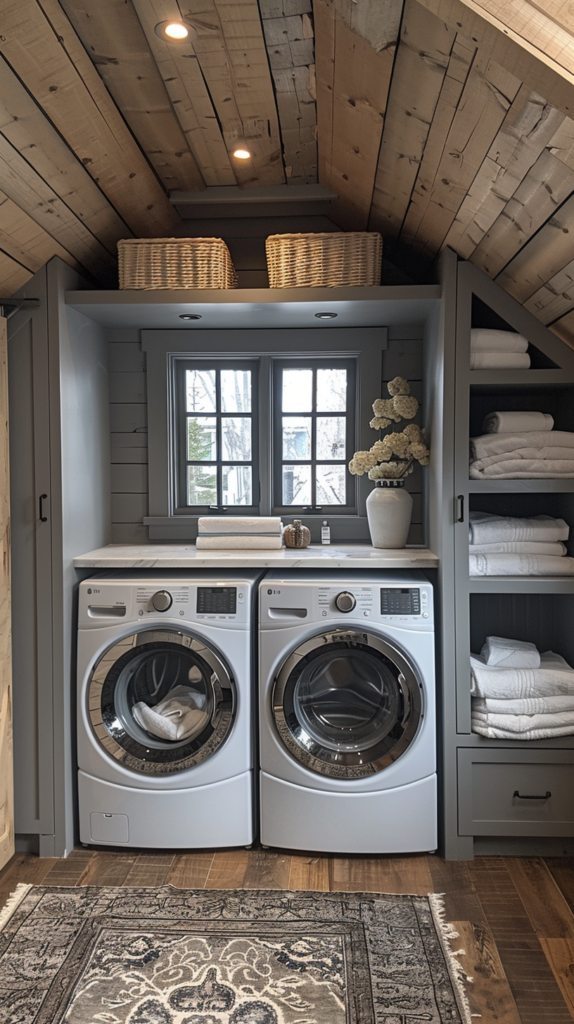Introduction
Scandinavian design, renowned for its minimalist aesthetic and functional approach, is an ideal choice for styling small spaces. Characterized by clean lines, neutral palettes, and an emphasis on natural light, Scandinavian design can make even the tiniest rooms feel open and inviting. In this guide, we’ll explore how to embrace Scandinavian simplicity to enhance your small space, offering practical tips and creative ideas to achieve that effortlessly stylish look.

Understanding Scandinavian Design
1. Core Principles of Scandinavian Design
Minimalism
Scandinavian design is all about minimalism. It focuses on simplicity, with clean lines and uncluttered spaces. Embracing this principle helps create a serene and spacious environment, making it perfect for small areas.

Functionality
Functionality is key in Scandinavian design. Each piece of furniture or decor is chosen not only for its aesthetic appeal but also for its practicality. Incorporate multi-functional furniture to maximize the use of space in your small room.
Natural Elements
Natural elements play a significant role. Scandinavian design often includes wooden textures, plants, and natural light. These elements create a warm and inviting atmosphere, balancing simplicity with comfort.

2. The Scandinavian Color Palette
Neutral Colors
Neutral colors dominate Scandinavian design. Think whites, grays, and beiges. These colors help to make small spaces appear larger and brighter, reflecting light and creating an airy feel.

Accents and Pops of Color
While neutrals are predominant, subtle pops of color can add depth and personality. Consider soft pastels or muted tones to introduce color without overwhelming the space.
Styling Tips for Small Spaces
1. Embrace Light and Airy Spaces
Maximize Natural Light
Make the most of natural light by keeping windows unobstructed and using sheer curtains. Natural light enhances the feeling of openness and helps to make small spaces feel larger.

Use Light-Reflecting Materials
Incorporate materials that reflect light, such as mirrors and glass. Mirrored surfaces can amplify the light and make the room appear more spacious and bright.
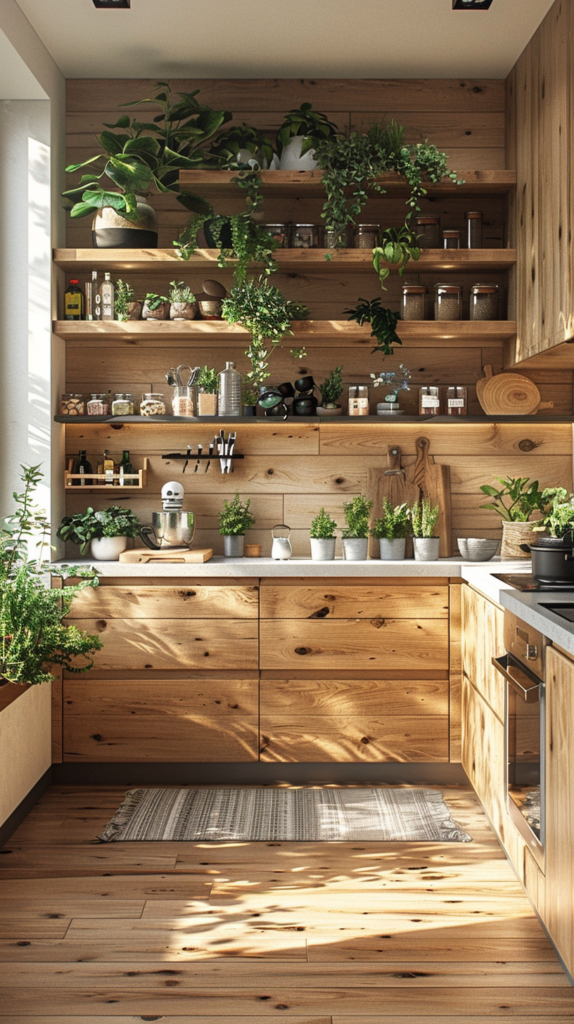
2. Choose Functional and Stylish Furniture
Opt for Multi-Functional Pieces
Select furniture that serves multiple purposes. Sofa beds, foldable tables, and storage ottomans are great for small spaces. Multi-functional furniture helps to maximize space without compromising on style.
Go for Simple, Clean Lines
Choose furniture with simple, clean lines. Avoid bulky pieces and instead opt for streamlined designs that enhance the sense of space. Scandinavian furniture is often minimalist and unadorned, fitting seamlessly into small rooms.

3. Incorporate Natural Textures
Use Wood and Natural Fibers
Introduce natural textures through wooden furniture, woven rugs, and cotton or linen fabrics. Wood adds warmth and texture, while natural fibers provide a cozy feel. These elements contribute to the inviting atmosphere typical of Scandinavian design.

Add Plants for Freshness
Incorporate indoor plants to bring life and freshness into your space. Choose low-maintenance plants such as succulents or ferns that thrive indoors. Plants add a touch of nature, enhancing the Scandinavian aesthetic.

Decor and Accessories
1. Keep It Simple with Decor
Opt for Minimalist Decor
Choose decor items that are simple and functional. Avoid cluttering the space with excessive decorations. Instead, focus on a few carefully chosen pieces that add character without overwhelming the room.
Use Textiles to Add Warmth
Add warmth with textiles such as throws, cushions, and rugs. Opt for soft, neutral fabrics and layered textures to create a cozy atmosphere. Textiles provide comfort and complement the minimalist design.

2. Incorporate Scandinavian Patterns
Choose Subtle Patterns
Select patterns that are subtle and understated. Scandinavian design often features geometric shapes and simple prints that add visual interest without being overpowering. Patterns should enhance the space, not dominate it.
Mix and Match Wisely
Mix and match patterns and textures thoughtfully to create a cohesive look. Combining different textiles and patterns can add depth and dimension to your space while maintaining the overall simplicity.
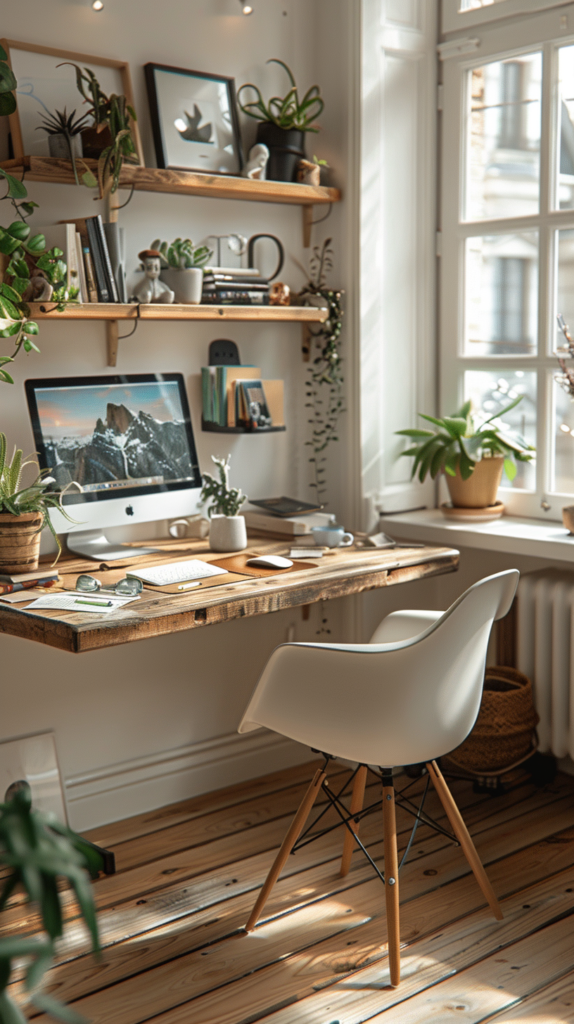
Optimizing Storage
1. Utilize Vertical Space
Install Wall-Mounted Storage
Make use of wall-mounted storage solutions. Shelves and cabinets that are mounted on the walls help to free up floor space and keep your room organized. Vertical storage is especially useful in small spaces.
Use Hooks and Racks
Incorporate hooks and racks for additional storage options. They are perfect for hanging bags, hats, or coats, and help to keep items off the floor. Hooks and racks add functionality without taking up much space.
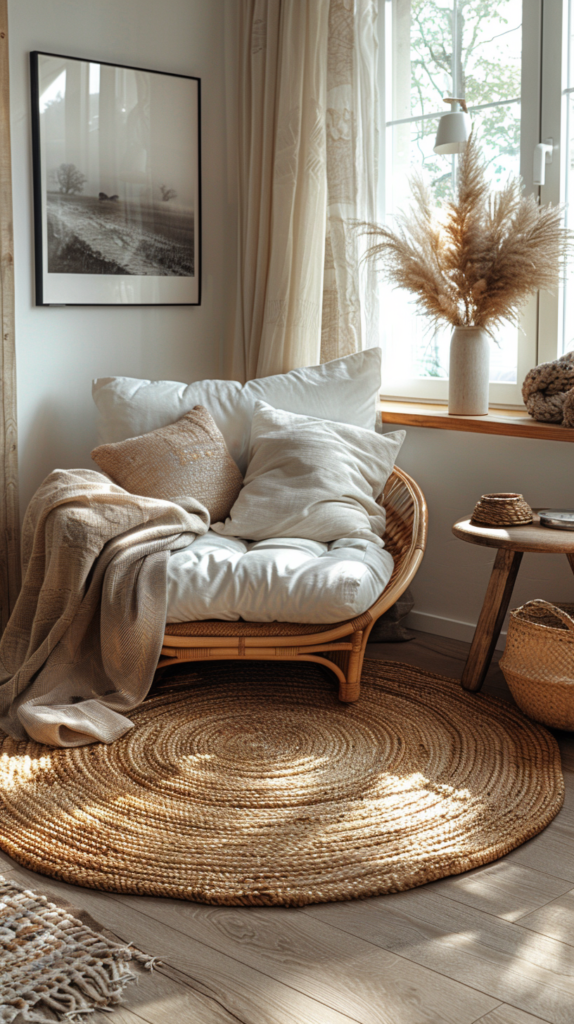
2. Choose Clever Storage Solutions
Opt for Built-In Storage
Built-in storage solutions such as under-bed drawers or built-in shelving units help to maximize space. These solutions provide ample storage without occupying extra floor space.
Use Multi-Functional Furniture
Incorporate furniture that offers hidden storage. Ottomans with storage compartments or beds with drawers provide practical solutions for keeping your space tidy. Multi-functional furniture helps maintain a clean and organized environment.

Creating a Cozy Atmosphere
1. Layer Lighting
Combine Ambient, Task, and Accent Lighting
Layer your lighting to create a cozy and inviting atmosphere. Combine ambient lighting for overall illumination, task lighting for specific tasks, and accent lighting to highlight features. Layered lighting enhances the functionality and mood of the space.
Use Warm Light Bulbs
Opt for warm light bulbs instead of harsh, cool lighting. Warm lighting creates a soft, cozy ambiance that complements the Scandinavian design. Choose bulbs with a soft glow to enhance the comfort of your space.

2. Create a Relaxing Space
Add a Reading Nook or Relaxation Area
Designate a small corner for relaxation, such as a reading nook or cozy corner. Add a comfortable chair, a soft throw, and a small side table. A relaxing space provides comfort and adds to the overall coziness of your room.
Include Personal Touches
Incorporate personal touches such as family photos, cherished items, or art. Personalizing your space makes it feel more like home and adds warmth. Choose items that complement the overall design while reflecting your personality.

Conclusion
Scandinavian design offers a perfect solution for styling small spaces with simplicity and elegance. By embracing minimalism, functionality, and natural elements, you can create a space that feels open, stylish, and comfortable. Utilize space-saving furniture, optimize storage, and incorporate personal touches to make your small space a true reflection of Scandinavian simplicity.
FAQs
What are the main principles of Scandinavian design?
Scandinavian design focuses on minimalism, functionality, and natural elements. It emphasizes clean lines, practical furniture, and the use of natural light and textures.
How can I maximize natural light in a small space?
Keep windows unobstructed, use sheer curtains, and incorporate light-reflecting materials such as mirrors and glass to maximize natural light.
What type of furniture is best for a small Scandinavian-inspired room?
Opt for compact, multi-functional furniture with simple, clean lines. Choose pieces that provide both style and functionality to make the most of your small space.
How can I add warmth to a Scandinavian-designed room?
Use textiles such as throws, cushions, and rugs to add warmth. Incorporate natural textures and cozy lighting to create a comfortable atmosphere.
What are some clever storage solutions for small spaces?
Utilize wall-mounted shelves, built-in storage, and multi-functional furniture to maximize storage in small spaces. Hooks and racks are also effective for keeping items organized and off the floor.

